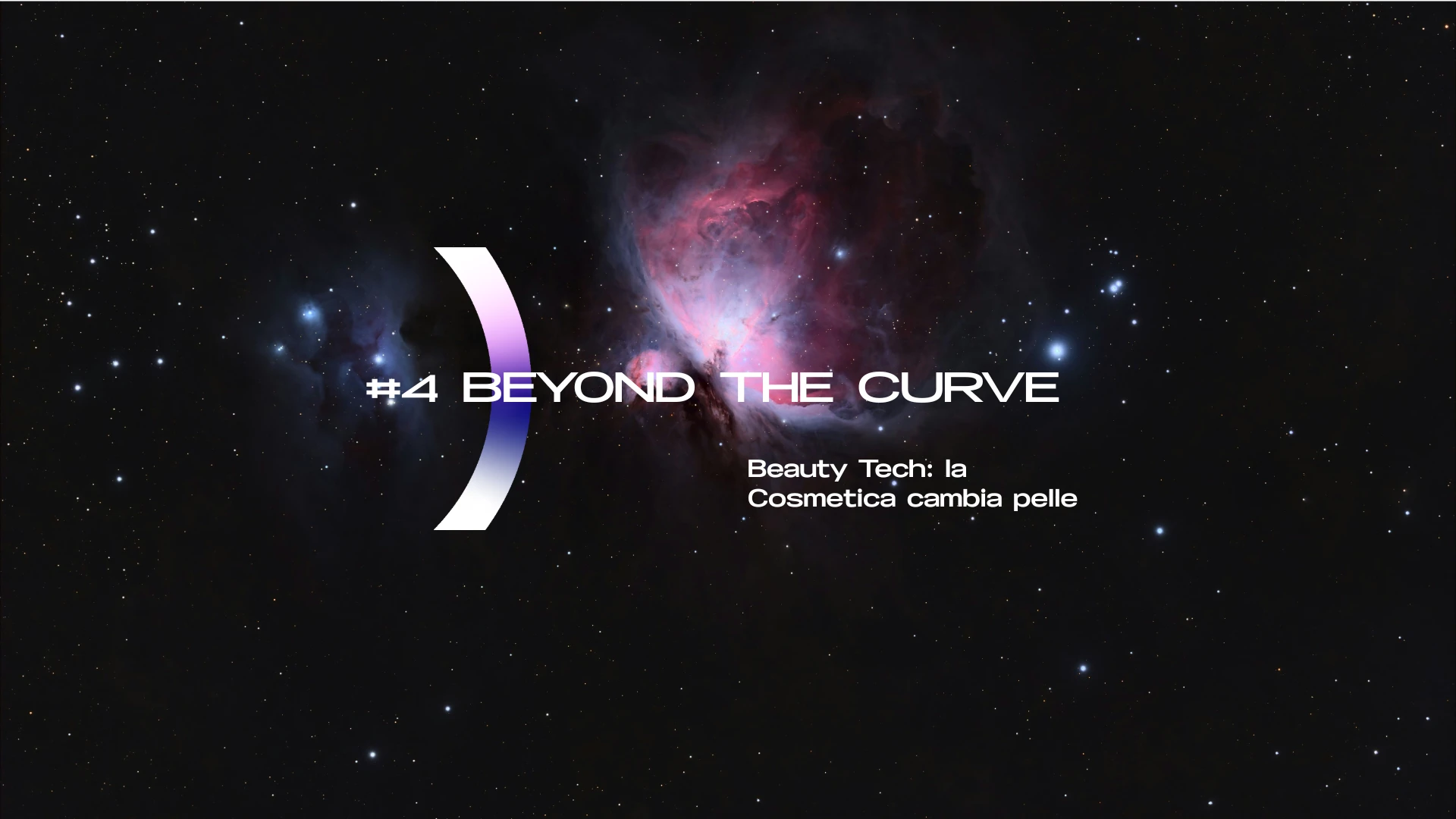


.
.
.
.
.
.
.
.
.
.
.
.
.
In today’s evolving beauty-tech ecosystem, brands are rewriting the rules to meet the expectations of a generation driven by innovation.
The latest edition of @Cosmoprof, the global benchmark event for the beauty industry, confirmed the sector’s momentum, bringing together over 255,000 professionals from 150 countries and 3,128 companies from 65 nations, representing more than 10,000 brands.
Technological innovation is redefining the beauty landscape, increasingly shaped by new products, concepts, and services developed by emerging startups that are setting the pace for the industry’s future.
In a fragmented narrative of beauty and innovation, a systemic vision is key to identifying models where sustainability, technology, and storytelling intersect, and where startups, research centers, and major corporates join forces to reimagine how beauty is conceived, developed, and distributed.
Beauty is no longer just about aesthetics, it’s about science, experience, interaction, and technology.
What clearly emerged is the strategic role of corporate-led incubators and vertical accelerators, which have become the primary launch platforms for cosmetic startups. These programs don’t just offer capital and mentorship, they often serve as direct gateways to market. The research reinforces a key insight: today’s beauty innovation is systemic, cross-functional, and multidisciplinary.
Major groups are no longer limiting innovation to internal R&D. Instead, they’re building startup ecosystems through incubation, acceleration, and strategic investment programs. From BOLD (L’Oréal) to Unilever Ventures, from Estée Lauder to LVMH, open innovation has become a critical lever for staying competitive in a fast-moving and increasingly unpredictable market.
These initiatives highlight the transformative, though often complex, nature of corporate-startup collaborations, particularly when it comes to validating new technologies at scale within industrial settings.
One of the central themes is the rise of digital cosmetics, which is rapidly revolutionizing the entire product lifecycle, from R&D to customer experience. The convergence of beauty and technology, via AI, augmented reality, and big data, is reshaping how consumers discover, choose, and personalize products.
According to Grand View Research, the global beauty tech market was valued at $66.17 billion in 2024, with a projected CAGR of 17.9% from 2025 to 2030. The boom in e-commerce drives growth, the rise of digitally native consumers, and deep tech innovation, including biotechnology applications in beauty.
Key trends include AR try-ons, AI-powered personalization, and predictive analytics to decode consumer behavior.
Digitally native brands are disrupting the market through direct-to-consumer strategies and strong online communities, while new generations place increasing value on transparency, sustainability, and ethical branding. This opens up substantial opportunities in emerging markets, especially in Asia-Pacific, where highly digital populations are rapidly adopting next-gen beauty tech.
Hyper-personalization, enabled by AI and predictive technologies, is among the most promising paths to building consumer trust. Tech-beauty collaborations are becoming fertile ground for creating next-level product experiences. Leading cases include VLGE, enabling brands to build 3D virtual worlds for immersive try-on experiences, and ModiFace, a pioneer in AR for beauty, now powering L’Oréal’s facial recognition-based virtual product testing. Other innovative players like FancyTech, which automates visual content generation, and Virtue, which combines AI and AR for high-touch personalization, are also defining the next wave of beauty-tech.
Collaborative Ecosystems: The Future of Beauty
Startup-corporate partnerships are rarely straightforward. The main failure points often include lack of strategic alignment, unclear objectives, cultural mismatches, poor communication, and unrealistic expectations.
That’s why it's critical to adopt robust methodologies, from Venture Clienting frameworks to well-structured CVC programs, to mitigate risk and integrate innovation into business operations effectively.
Now is the time to ignite a structured conversation around the future of beauty, one where sustainability, inclusivity, digitalization, and personalization are no longer trends, but strategic assets reshaping how beauty is designed, produced, marketed, and distributed. Cosmoprof 2025 made it clear: beauty innovation can no longer be linear. The beauty of the future will be co-created through a collective intelligence made up of startups, universities, corporations, and institutions, working together to redefine how value is generated in the industry.